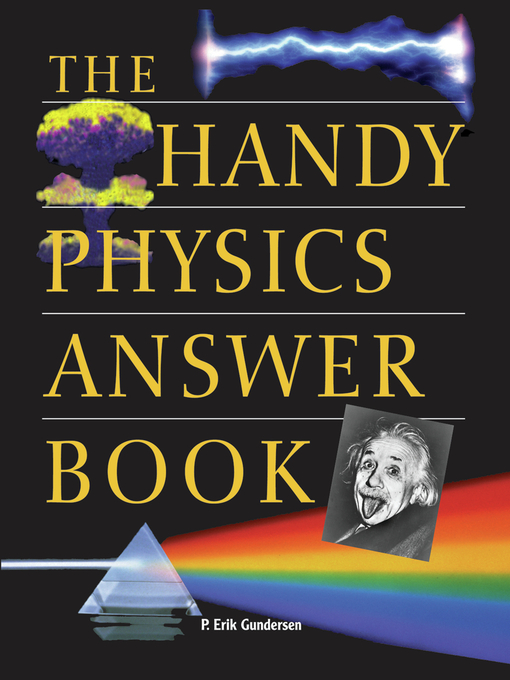Eschewing the usual mathematical explanations for physics phenomena, this approachable reference explains complicated scientific concepts in plain English that everyone can understand. Completely updated to tackle the big issues such as gravity, magnetism, sound, and what really happens in the Large Hadron Collider, this engaging look at physics also spells out why cats always land on their feet, why people appear to have red eyes in photographs, and the real danger of looking at an eclipse. For everyone who ever wondered how a light bulb works or how squirrels avoid electrocution on the power lines, this handbook supplies answers on the physics of everyday life and examines the developments in the exploration of subatomic particles. In addition to the question-and-answer section, an addendum of facts about physicists explains what the Nobel prize is and who has won it, and tells the story of the scientist who was incarcerated for agreeing with Copernicus.
- Popular Magazines
- Home & Garden
- News & Politics
- Food & Wine
- Celebrity
- Outdoor & Travel
- Art & Architecture
- Business & Finance
- Crafts
- Family & Parenting
- Boating & Aviation
- Science
- Photography
- See all


